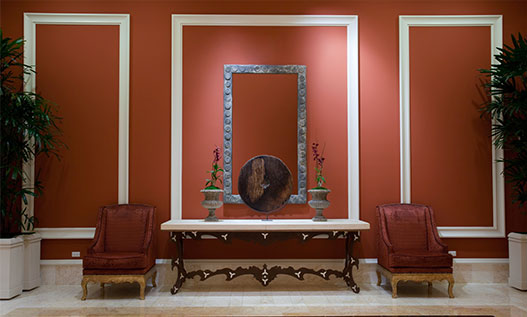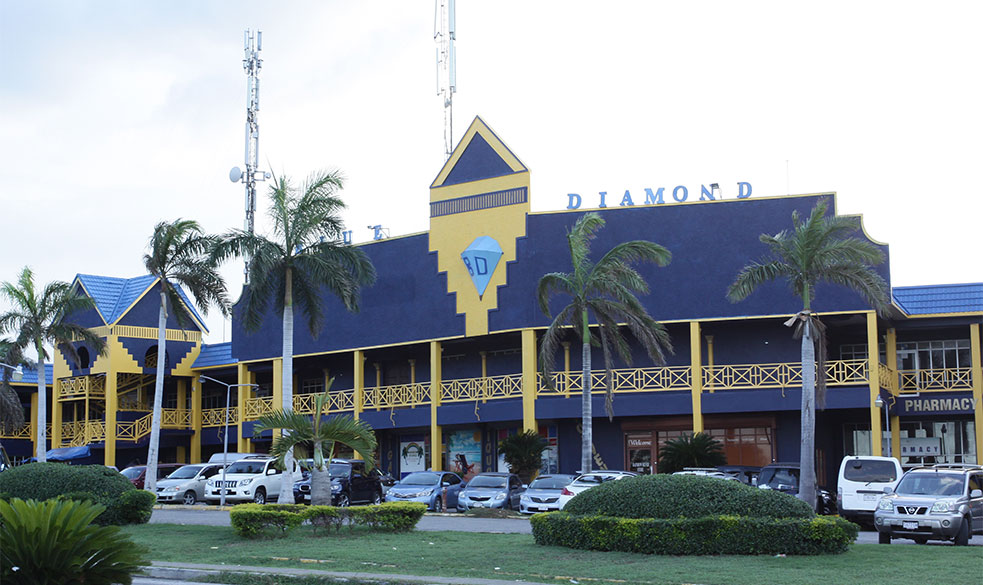From deep Cinnamon Rose to elegant earthy tones such as Dry Leaf, here are some of the hottest (and the coolest) colours that can transform your home in 2016.
Case Study – Blue Diamond shopping center
The Blue Diamond Shopping centre is a landmark in the upscale tourist resort city of Montego-Bay, known for its jewellery, souvenir stores and distinctive blue colour, a sure favourite for tourists and locals alike.





